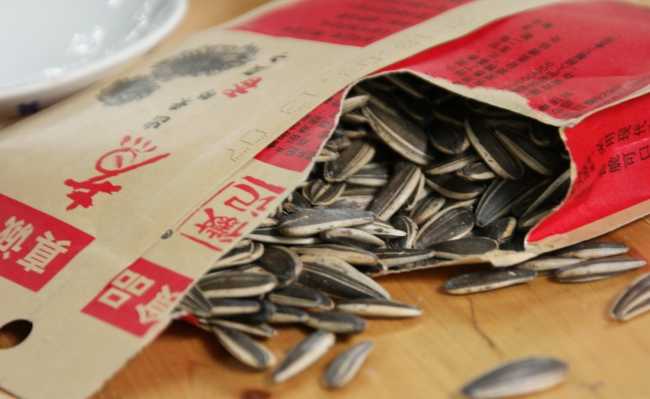What is fast fashion?
O fast fashion encourages slave labor and, in the life cycle, emits 400% more carbon than common parts

Do you like to revamp your wardrobe sometimes? want to change the look to fit in with current trends? Don't you want to wear those pants that people aren't wearing anymore? If you answered yes to the previous questions, know that you are not alone.
Consuming pieces of clothing with the attempt to be "in” or connected to trends is a behavior practiced by most people who can afford these items.
But it wasn't always like this… Consumer behavior in the fashion context was planned by the market, more specifically, by the fashion industry. fast fashion . And it started in 1970, with the so-called oil crisis.
With the prohibition of oil trade to the US and some European countries, textile companies invented a new strategy to get out of the crisis and manage to sell production: the fast fashion . Or rather, fast fashion.
The practice of fast fashion started in 1970, but the term was only coined in 1990. It was the way the media created to express the ever-faster change of fashion by big companies.as the fast fashion it works?

Image: Dom Hill on Unsplash
Companies working on the model fast fashion they observe what people are consuming from renowned brands and manufacture, on a large scale, similar models, but with inferior quality. This way, there is a greater guarantee that the parts will be consumed.
These companies practice the so-called globalized fashion, which allows the same types of products to circulate throughout the network of stores around the world, without producing pieces with local particularities, which makes the final product much cheaper.
Although identical pieces are produced on a large scale, the distribution of pieces is fragmented between countries to give consumers a feeling of exclusivity. This means that few models of the same piece arrive at the same store.
This fragmentation of the merchandise prevents parts from being left over. And, if they remain, sales are made that drain the production. If still some parts are not sold in the sale, the relocation is made to another hemisphere, where the part's origin station is to begin. These pieces relocated to the other hemisphere are new to the spring/summer or autumn/winter collection, depending on the local climate. This entire cycle lasts a maximum of six months.
Is it unsustainable?
Parts fast fashion are used less than five times and generate 400% more carbon emissions than common parts, which are used 50 times.
And the production of clothes does not only pollute with carbon emissions. To produce textile fibers it is necessary to deforest, use fertilizers, pesticides, extract oil and transport, among other forms of pollution. To learn more about the impact of clothing production, check out the article: "What is the environmental impact of clothing production? Understand and learn about alternatives".
In addition, the large-scale production made by the model fast fashion encourages slave labor, especially in Asian countries.discard
In addition to the impacts generated in production, there is also the problem of disposal. With such a short lifecycle, many parts end up prematurely in landfills and dumps.
The most used textile fiber in production fast fashion it is polyester, a plastic. And polyester takes around 200 years to decompose. Depending on the configuration of the type of textile fiber (there is often a mixture of polyester and cotton), the piece may not be recyclable. And the worst part... Washing clothes made with synthetic fibers release microplastics that end up in the sea and, later... on us: "There are microplastics in salt, food, air and water".
Slow fashion is an alternative
In contrast to some unfeasible practices of the fast fashion , an alternative movement emerged: the slow fashion . To get to know him more closely, take a look at the article: "What is slow fashion and why adopt this fashion?". Also check out: "Tips for having an environmentally friendly footprint with your clothes".
Avoid discarding items of clothing. Try to fix it and keep using it - a tip to avoid common patches and create stylish pieces is to try Japanese boro and sashiko techniques. If you're tired of the clothes and you can't give them away, try giving them a new purpose. Check out the articles "Turn old shirts into props and useful everyday objects" and "Do it yourself: turn your old shirt into a sustainable bag".
In any case, if disposal is unavoidable, send it correctly to collection points near your home.








